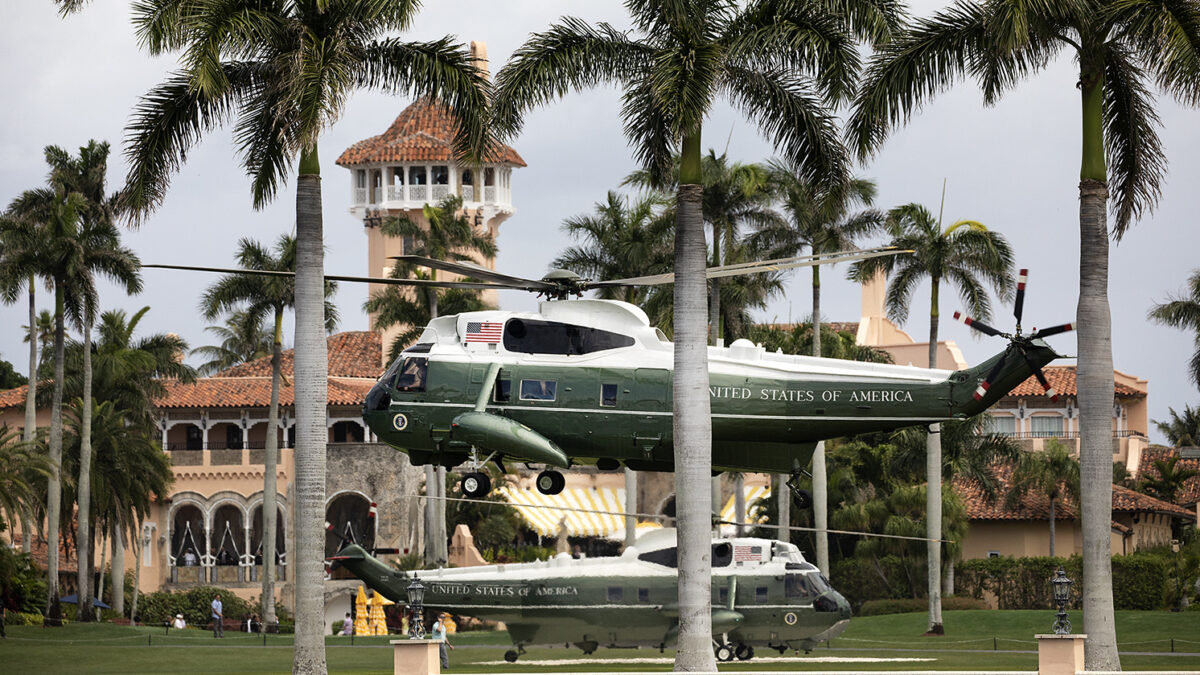Given the catastrophic failure of Russia’s February 2022 invasion of Ukraine — through which Moscow has lost territory it previously controlled, suffered hundreds of thousands of casualties, and become an unparalleled pariah on the world stage — we can be forgiven for asking: What the hell were the Russians thinking?
In The Russian Way of Deterrence: Strategic Culture, Coercion, and War, Dmitry Adamsky’s engaging and tightly-argued precis on Russian strategy, we can discern the emergence of the historical, cultural, and political forces that have characterized Moscow’s military doctrine for decades — and that seem to explain its behavior in Ukraine.
A Russophone professor of strategy and international relations in both Israel and Lithuania, Adamsky defines Russian deterrence much more broadly than its traditional Western analog. In his telling — the results of painstaking research into Russian military circulars, official records, and other definitive sources — it encompasses “employing threats, sometimes accompanied by limited use of force, to maintain the status quo, change it, shape the strategic environment within which the interaction occurs, prevent escalation, or de-escalate.”
Even more interesting is how the Russian approach is derived. “The main argument of this book,” Adamsky proclaims, “is that cultural and ideational factors account for the peculiarities of the Russian approach.” Specifically, Russia’s strategic culture, military customs, intelligence traditions, and national mentality condition the country’s warfighting posture, which Adamsky colorfully labels “deterrence a la Russe.”
One key difference between Russian and Western notions of deterrence is etymological. Adamsky observes that the English term “deterrence” derives from “terror” or fear and “implies the infliction of apprehension to shape an adversary’s choices and actions.” By contrast, the Russian equivalent, sderzhivanie, connotes restraining or containing a person, a group, or a force straining to change the status quo. Accordingly, deterrence, to Russians, entails an action, specifically the “concrete engagement of the competitor.” (The Russian language also boasts the word ustrashenie, or intimidation, which, like “deterrence,” derives from the word “terror,” but this term is used only in a negative sense when describing what Russia’s enemies seek to do to her.)
Then, too, Russian deterrence fundamentally entails a “cross-domain” approach that employs all available tools, including conventional, nonconventional, and subconventional military means, as well as diplomacy and information warfare. With respect to the latter, while Western strategists generally distinguish between cognitive-psychological tactics and digital-technological capabilities, deterrence a la Russe merges these “forms of influence under one roof.” Adamsky notes how, during the Russian engagement in Syria in the early 2010s, Moscow combined these tactics in navigating — and shaping — the vicissitudes of inter-confessional conflict fomented by its ally, the Syrian autocrat Bashar Assad.
So what explains these differences?
Pointing to cultural, ideational, and historical factors, Adamsky accentuates certain “systemic breakdowns” characteristic of Russian culture, such as recklessness, negligence, and carelessness, that have accounted for battlefield catastrophes. In addition, Moscow’s “culture of war tends to emphasize morale and psychological-cognitive factors over material-technological ones” to such an extent that it tends to deploy “a peculiar metaphysics about overcoming the enemy qualitatively, morally.” In the absence of a technological edge, Russians have typically pressed their advantage by emphasizing martial values of endurance, patience, and heroism.
Ideationally, Russia has traditionally relied on “reflexive control,” Adamsky’s term for “a complex of measures that forces the adversary to act according to a false picture of reality in a predictable way, favorable to the initiator of the effort, and seemingly benign to the target.” Reflexive control seeks to subtly and undetectably manipulate the adversary’s very sense of reality, a sort of Russian version of gaslighting. Its cousin, maskirovka, or military cunningness, incorporates “active measures,” or affirmative, generally clandestine, but nonviolent measures, to influence state actors to grave detriment, including by sowing discord among citizens.
And throughout Russian and Soviet history, certain traditional concepts proliferated and persisted. These included “reasonable sufficiency,” or the smallest amount of military investment that would permit the USSR to maintain rough parity with its Western rivals — the military equivalent of the term “minimally viable product” used in high-tech. This notion, consistent with the typical Russian inferiority in materiel, required military and political leaders to carefully calibrate resources for the purposes they served, to maximize bang for the ruble. The related idea of “correlation of forces and means” sought to ensure a balance of geopolitical power, similar to the Western “realist” school of international relations.
With this background, the logic of Putin’s ill-fated Ukrainian invasion begins to emerge.
First, Moscow believed, prior to the war, that its comprehensive “coercive signaling” across all platforms — informational, diplomatic, and military — would convey to the West, without firing a single shot, its determination to change the status quo among NATO, Ukraine, and Russia and reshape the post-Cold War order. But, of course, Putin miscalculated, badly.
“Moscow’s coercive signaling achieved the opposite results,” Adamsky writes. “Not only did it push Kyiv closer to Brussels and Washington; it also prompted NATO to beef up its presence along the Russian borders, exercise regularly on a scale unseen since the Cold War, and invest in countermeasuring Russia all across its strategic periphery.”
Then, too, the emphasis Moscow has placed on spiritual values like endurance and heroism, including what Adamsky labels “the traditional Russian glorification of ‘death on military duty,’” provides insight into how Putin continues to throw recruits into the abattoir in the Donbas, notwithstanding the deaths of more than 100,000 of them in the last two years alone.
In addition, the “systemic breakdowns” afflicting the implementation of Russian doctrine explains many of the signal failures in Ukraine.
Finally, these characteristics also shed light on Moscow’s nuclear saber-rattling during the conflict. Adamsky outlines the emerging doctrine of “Russian nuclear orthodoxy,” or a “nexus between the Orthodox Church and the nuclear forces.” Putin has coopted much of the former and has fused it with the latter in an effort to enforce traditional values and back them with the ultimate threat.
Adamsky’s prose occasionally suffers from an overreliance on academic jargon and acronyms employed by area specialists but unfamiliar to the general reader. The book would also benefit from a more detailed exposition of examples, which abound in the rich and storied history of Russia.
But The Russian Way of Deterrence carefully plumbs the minds, hearts, and souls of Russian military strategists and provides sobering advice for those who would counter them.









